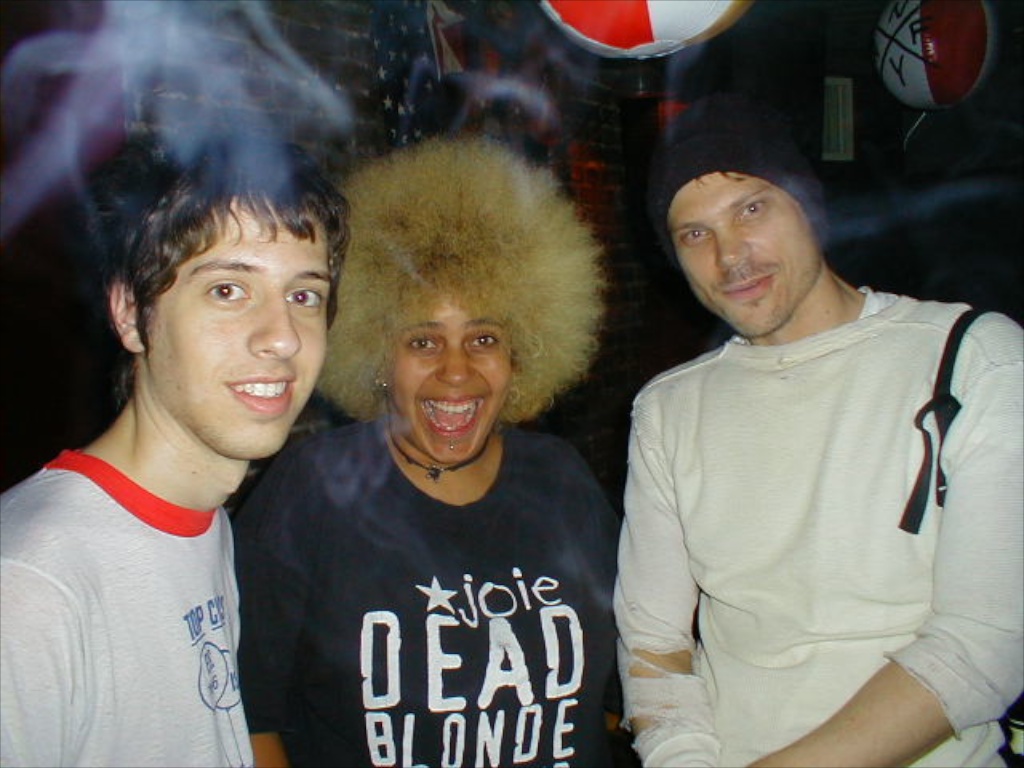
It was 1993 when Jon Berger arrived at Sidewalk Cafe for a show by songwriter Brenda Kahn. That was right around the time that the venue became the home of Antifolk, a loose songwriting movement that had previously bounced around from spot-to-spot in Lower Manhattan under the leadership of its ringleader Lach. “Between acts, I wandered the room,” said Berger, who later became active as a performance poet, “and I saw the Xeroxes of articles that had been taped to the wall, about this Antifolk scene, which seemed like a kid brother to the CBGB scene that I’d always regretted missing. The articles entranced me as much as Brenda. I thought, this tiny little room is a scene. I had to be a part of it.”
Videos by American Songwriter
Twenty years later, Berger has probably generated more articles about the scene himself than anyone else. He is part of a cadre of Sidewalk’s most loyal denizens who have created an archive of written, visual, and moving-image materials that form a multi-angled portrait of the club’s wide-ranging artistry and tight-knit community. Now, as Sidewalk launches its 2013 Summer Antifolk Festival and celebrates the 20th anniversary of its music scene, large portions of these materials have been digitized and are accessible to a larger audience.
Antifolk was formulated in the mid-1980s by a group of young songwriters who were rebelling against the entrenched New York folk scene. It was first headquartered in Lach’s Rivington Street apartment, but then moved around to a variety of East Village bars. Eventually Lach was asked to bring his scene to Sidewalk Cafe where it settled in for its longest run. Focused around its landmark Monday open-mic night, the venue’s back room became the nerve center for a community of artists who valued the creative freedom and unbridled experimentation that were found there. Today Sidewalk’s community sprawls broadly across the world of music and the arts. It encompasses successful artists like Regina Spektor, Adam Green, Kimya Dawson, and Jeffrey Lewis who played some of their earliest shows at Sidewalk as well as international offshoot communities and a continuing string of newcomers who arrive each week. Although Lach moved on in 2008, eventually spearheading an Antifolk scene abroad, the cycle of creativity continues at Sidewalk Cafe where Ben Krieger now books the schedule and oversees the Monday open mic.
There was no way in 1993 of predicting the longevity of the music scene at Sidewalk, and it would have been easy for its history to have gone unrecorded. However, in the course of pursuing their own creative interests, participants in the scene have created extensive documentation including two fanzines – Antimatters and Urban Folk – that were edited by Berger (and other partners), plus his current blog at sidewalkny.com; a photo gallery of more than 240 images documenting Sidewalk’s performers from 1995 to today; a gallery featuring flyers and posters created by artists to promote their shows; a radio documentary about Antifolk and its following in Berlin; and multiple series of online videos capturing recent performances.
So, back to Berger. “In 1995 Antimatters came out. It was the fanzine about things Antifolk, and it was put together by JT Lewis (who used to perform as Junior Miss) and Tom Nishioka, along with the guys in Muckafurgason.
“The fanzine was messy and ugly, but was the only view as to what was happening on the scene. I ate it up. I started contributing, but then as things go in the world of Antifolk people started to drop out. So it took a couple of issues, but from contributing one or two small articles I ended up being the person willing to publish the thing.”
Berger oversaw 40 issues between 1996 and 2000 before handing off the editorial reins to Tony Hightower who continued for several issues more. Until recently most of them were inaccessible to all but those who had held onto the original copies. However, another Sidewalk performer, Peter Dizozza, has now scanned almost the entire run of Antimatters and placed the issues online at his cinemavii.com site. “Antimatters captures in writing, photos and drawings, the humor and inspiration of a great creative songwriting community,” said Dizozza. “Giving access to its issues helps establish the history of this community, and helps it thrive into the future. The articles gain resonance over time. They provide an important reference for ‘a rich estate to be used and enjoyed by all,’ to quote Churchill.” Eight issues edited by Tony Hightower are available at a separate site.
The early editions of Antimatters reflect production values that were parallel to the scene’s d.i.y. music aesthetic. Sprigs of information cascade across the pages in an erratic multitude of fonts and column-widths. But those pages are rich in content. Included are interviews with artists like Ed Hamell, Patsy Grace, Brenda Kahn, and Lach; reviews of albums and shows; recording tips; items pilfered from other local publications; satiric articles; poems; cartoons; an advice column from Major Matt Mason; various snarky jokes; and the complete listing of each month’s shows. There’s also Mark Humble reminiscing about making Beck’s first recording, a series of striking comic strips and covers drawn by Jeffrey Lewis, and Geoff Notkin’s intriguing series of reminiscences about his early days with Lach.
One small example from this treasury of information is this excerpt of a 1999 piece by Kimya Dawson. She wrote about a van trip across the country to play at Sidewalk.
“I had never heard of Antifolk before, but I am pretty sure I lived it alright. sometimes I have to remind myself that being an ‘Antifolk all-star,’ like being a Moldy Peach, is more a state of mind, and a feeling in the guts than anything else. more than a scene and more than rock and roll.
“It is about sharing the songs we have in our hearts without being bound by words or fashion or music or fame. It is about being real. It is about supporting each other, and not using each other, right? It is about the only god damned reason I am still here in the dirty dirty city.”
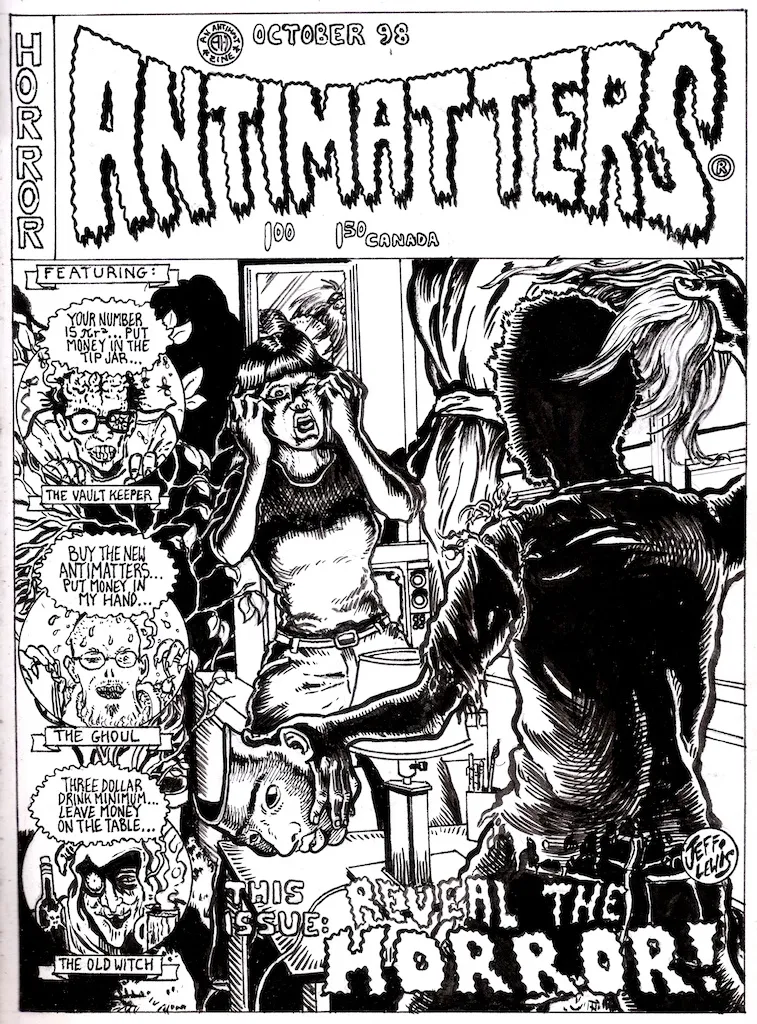
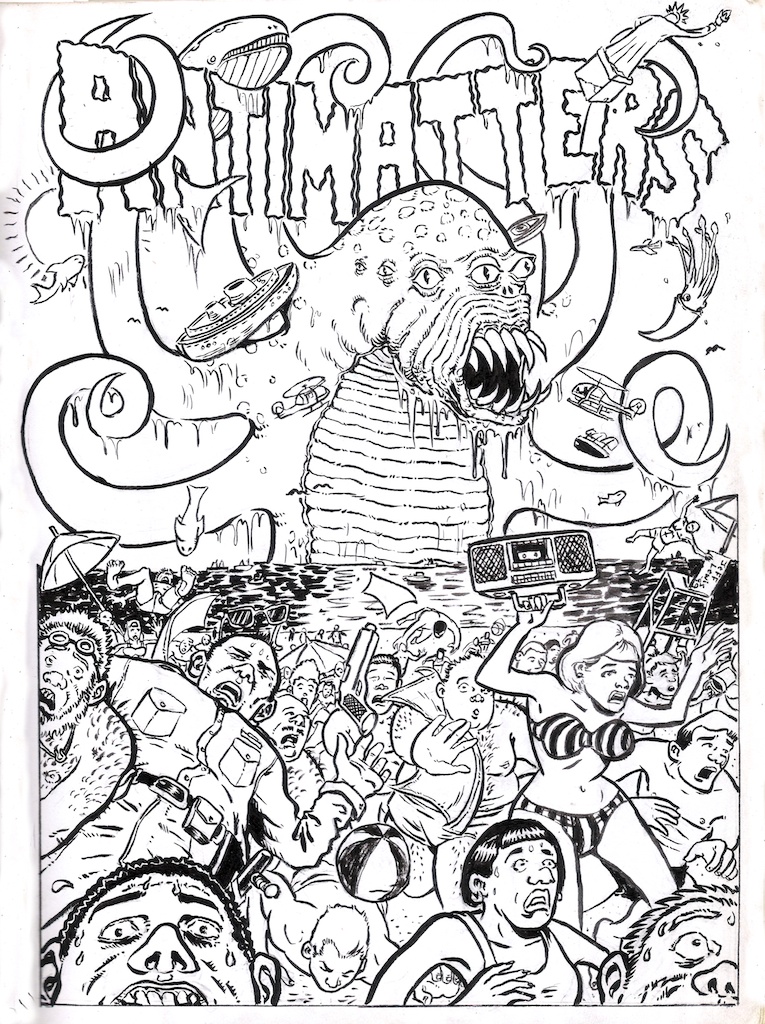
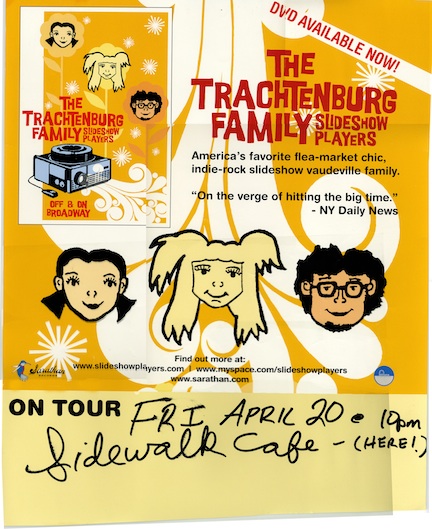
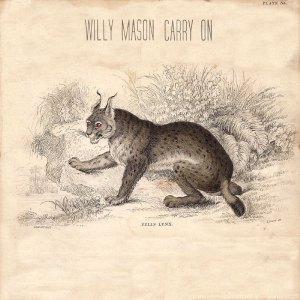
3 Comments
Leave a Reply